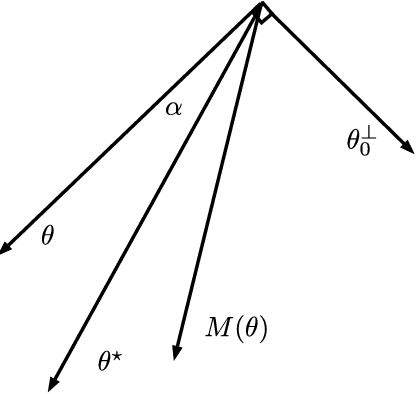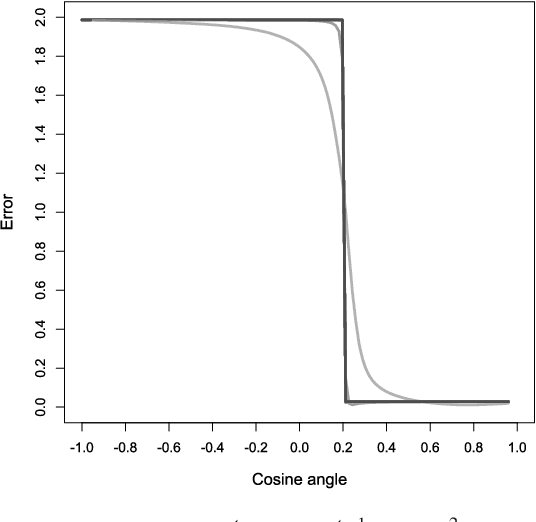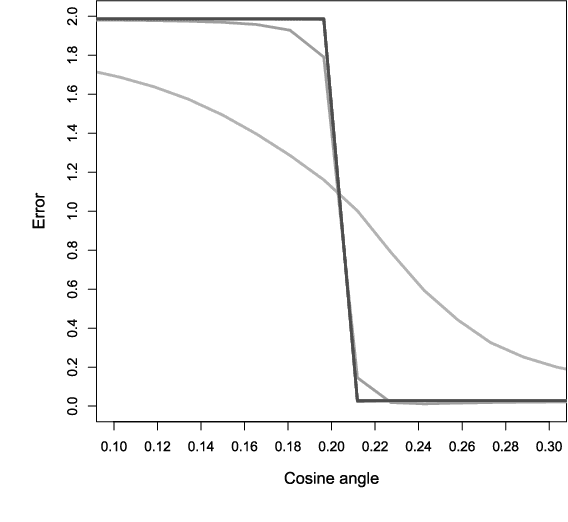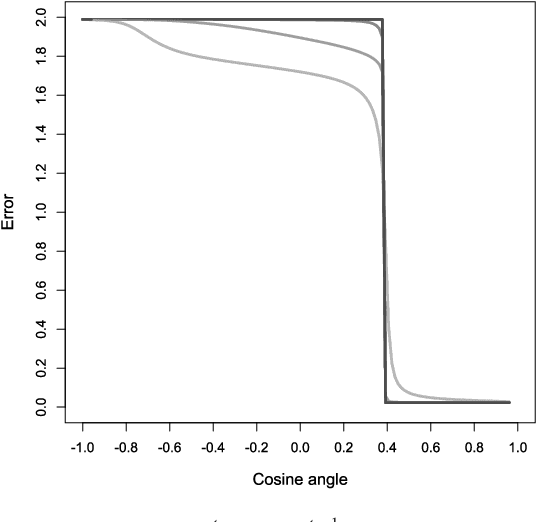Estimating the Coefficients of a Mixture of Two Linear Regressions by Expectation Maximization
Paper and Code
Oct 16, 2018



We give convergence guarantees for estimating the coefficients of a symmetric mixture of two linear regressions by expectation maximization (EM). In particular, we show that the empirical EM iterates converge to the target parameter vector at the parametric rate, provided the algorithm is initialized in an unbounded cone. In particular, if the initial guess has a sufficiently large cosine angle with the target parameter vector, a sample-splitting version of the EM algorithm converges to the true coefficient vector with high probability. Interestingly, our analysis borrows from tools used in the problem of estimating the centers of a symmetric mixture of two Gaussians by EM. We also show that the population EM operator for mixtures of two regressions is anti-contractive from the target parameter vector if the cosine angle between the input vector and the target parameter vector is too small, thereby establishing the necessity of our conic condition. Finally, we give empirical evidence supporting this theoretical observation, which suggests that the sample based EM algorithm performs poorly when initial guesses are drawn accordingly. Our simulation study also suggests that the EM algorithm performs well even under model misspecification (i.e., when the covariate and error distributions violate the model assumptions).
 Add to Chrome
Add to Chrome Add to Firefox
Add to Firefox Add to Edge
Add to Edge